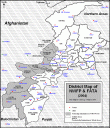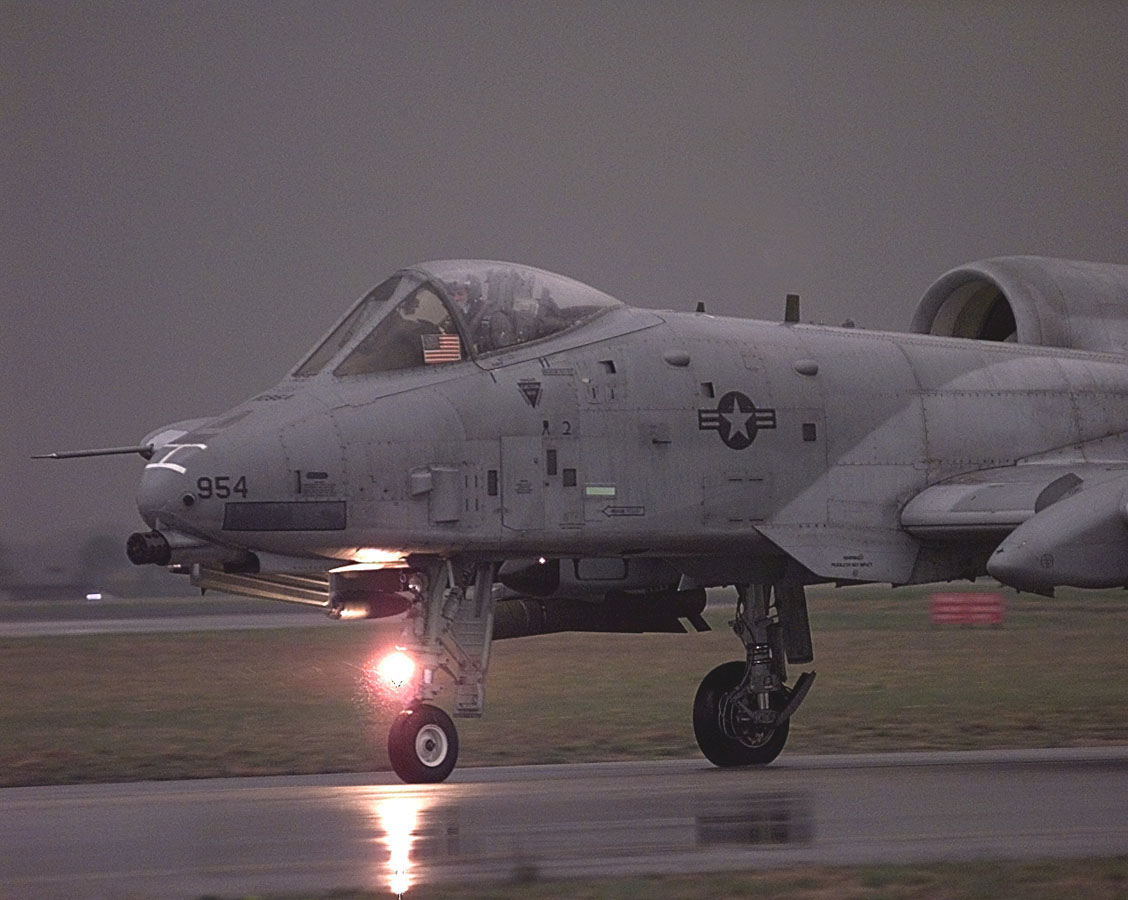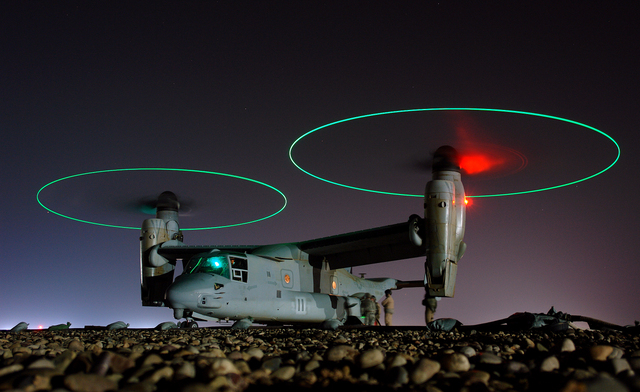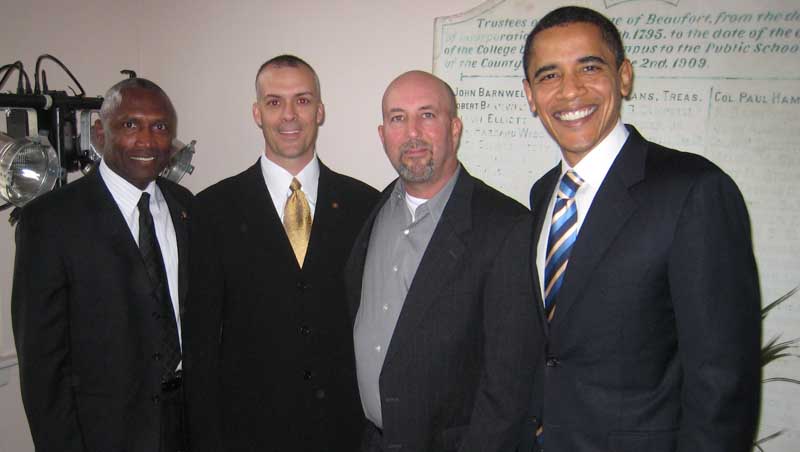When U.S. intelligence analysts were claiming that a Taliban offensive in Afghanistan would not occur due to focus on Pakistan, The Captain’s Journal laid out the case for dual Taliban campaigns (one focusing on Pakistan and the other on Afghanistan), and pointed out that the spring “offensive” would be waged differently than in direct, head-to-head kinetic engagements with U.S. forces. The influx of foreign jihadists into the tribal areas of Pakistan (particularly the NWFP and FATA) has brought fighters into the cultural milieu that, unlike the older Taliban fighters, have no moral inhibitions regarding suicide tactics.

The chart to the left is a simple strategic organizational chart that shows the logical connections between the direction of the Pakistani Taliban (e.g., lead by Baitullah Mehsud and others) and the Afghani Taliban (e.g., lead by Mohammed Omar). The strategy is multifaceted with dual fronts, but the campaign has as its centerpiece the interdiction of NATO supply lines. The campaign will involve guerrilla tactics (combat from the shadows), insurgent tactics (governance and winning hearts and minds), and the use of terror tactics such as suicide bombers.
We had previous indication that NATO supply lines were both important and vulnerable. Mehsud’s forces have already shown that they can be effective against these critical routes. Now, the Asia Times has information that both exonerates our analysis and gives new detail to the strategic plans.
After more than six years, coalition forces in Afghanistan are preparing for an all-out offensive against the Taliban centered on their safe havens straddling the border with Pakistan.
This, allied with intensive North Atlantic Treaty Organization and US operations already this year, has led to much speculation on whether the Taliban will launch their annual spring offensive, with even senior NATO officials suggesting the Taliban will instead bunker down in a war of attrition, much as they did during a rough phase in 2004.
This will not be the case, according to Asia Times Online’s interaction with Taliban guerrillas over the past few weeks. But instead of taking on foreign forces in direct battle in the traditional hot spots, the Taliban plan to open new fronts as they are aware they cannot win head-on against the might of the US-led war machine.
The efforts of the NATO-led International Security Assistance Force (ISAF) and its 47,000 soldiers from nearly 40 nations will focus on specific areas that include the Bajaur and Mohmand tribal agencies in Pakistan, as well as South and North Waziristan in that country, and Nooristan, Kunar, Paktia, Paktika and Khost provinces in Afghanistan. The ISAF is complemented by the separate US-led coalition of about 20,000, the majority being US soldiers. This does not include a contingent of 3,600 US Marine Corps who this week started arriving in southern Afghanistan. They will work under the command of the ISAF.
For their part, the Taliban, according to Asia Times Online contacts, will open new fronts in Khyber Agency in Pakistan and Nangarhar province in east Afghanistan and its capital Jalalabad.
This move follows a meeting of important Taliban commanders of Pakistani and Afghan origin held for the first time in the Tera Valley bordering the Tora Bora mountains in Afghanistan. (Osama bin Laden and other al-Qaeda and Taliban leaders famously evaded US-led forces in the Tora Bora soon after the invasion in 2001.)
Pakistan’s Khyber Agency has never been a part of the Taliban’s domain. The majority of the population there follows the Brelvi school of thought, which is bitterly opposed to the hardline Taliban and the Salafi brand of Islam. The adjacent Afghan province of Nangarhar has also been a relatively peaceful area.
Conversely, the historic belt starting from Peshawar in North-West Frontier Province and running through Khyber Agency to Nangarhar is NATO’s life line – 80% of its supplies pass through it. From Nangarhar, the capital Kabul is only six hours away by road.
Over the past year, the Taliban have worked hard at winning over the population in this region and have installed a new commander, Ustad Yasir, to open up the front in Nangarhar.

The Taliban (both Pakistan and Afghanistan) have come together with al Qaeda and settled on a centerpiece for the campaign, i.e., the interdiction of NATO supply lines through the NWFP and onward towards Kabul. The tactics involve “winning the population,” which although not delineated in the Asia Times report, probably involve the disbursement of money among other things. While this tactic is successful it will be continued, but in the event of its failure, the Taliban will likely revert to terror tactics beginning with the tribal elders and then the balance of the population.
This area on the Afghanistan side of the border is already problematic. As we discussed in Taking the High Ground in Afghanistan, in Eastern Afghanistan North of the Khyber pass, the 173rd combat team has daily clashes with insurgents, but lack the forces to take the high ground. Insurgents rarely attack US fighters unless and until they have managed to position themselves at a higher altitude than their foe. “I would say that 95% of the time they hit us from the high ground – when our backs are turned,” says Tanner Stichter, a soldier serving in the Korengal Outpost. “We have a very difficult time finding these foreign fighters – as they remain hidden” … “The US forces, along with the Afghan army and police, need to go on the offensive now – before the weather breaks,” insists police chief, Haji Mohammed Jusef. “This time of year is the best time for us to take the high ground and deny it to the enemy.”
The Afghan Taliban no longer become involved in direct head-to-head engagements with the U.S. forces, but remain hidden in some of the same caves they used to drive the Soviet Army from Afghanistan. Rather than conventional or even necessarily insurgent tactics, the capability to remain hidden is more guerrilla style combat. In addition to the guerrilla tactics, the Afghan Taliban have mixed the tactics of terror and technology to the battle space, including standoff weapons such as IEDs and suicide bombers, differentiating this campaign from classical insurgency campaigns of the past (except for Iraq, where it took many more forces to be successful).
In Pakistan the picture is much the same but slightly different in areas given the boldness with which they are able to operate.
MANSEHRA, Pakistan (AP) — Long-haired gunmen burst into the white stone building and killed four charity workers helping earthquake victims, then wrecked the office with grenades and set it on fire. Police came, but did not intervene.
In a tactic reminiscent of neighboring Afghanistan, Islamic militants are attacking aid groups in the Pakistan’s volatile northwest, and local authorities appear incapable — or unwilling — to stop them.
The threat has forced several foreign agencies to scale back assistance to survivors of the October 2005 earthquake that killed at least 78,000 people and left 3 million homeless — risking the region’s recovery from the worst natural disaster in the country’s history.
The Feb. 25 attack on employees of Plan International, a British-based charity that focuses on helping children, was the worst in a series of threats and assaults on aid workers in the northern mountains where Taliban-style militants have expanded their reach in the past year.
Nearly a month later, menacing letters are still being sent to aid organizations. Although all four victims in Mansehra were Pakistani men, Islamic extremists despise the aid groups because they employ women and work for women’s rights.
Local officials in Mansehra, who spoke on condition they not be identified for fear of retaliation, said letters from extremists distributed March 13 and 14 also warned schools to make sure girls are covered from head to toe and to avoid coeducation.
The militants also may be trying to discredit Pakistan’s central government, and to enforce a radical religious agenda in a conservative region where jihadist-linked groups were themselves a source of aid after the quake.
But this direct kinetic engagement of the population doesn’t prevent the Taliban and al Qaeda from also being involved in the use of terror tactics in an effort to destabilize the government.
Rawalpindi, Mar 21 (ANI): The Pakistan Government has directed law-enforcement agencies to strengthen security to counter expected bomb attacks in Rawalpindi, Islamabad, Lahore, Kohat and Multan. According to the intelligence reports, eight to 10 teenage suicide bombers have been sent from South Waziristan to target sensitive installations and security forces in different areas.
The suicide bombers sent by a Taliban leader, may crash an explosive-laden vehicle, either car or motorcycle, into their targets, the intelligence report said.The expected targets of bombers are Western diplomats, stock exchanges in Lahore and Islamabad, police rest-houses and clubs, Jamia Al-Muntazir of Model Town, Lahore, CSD stores, cinemas in Rawalpindi Cantt, Chaklala Airbase, Naval Headquarters in Islamabad and army welfare shops in Multan, Lahore and Kohat Cantonment according to the report. Security agencies have already been put on high alert across the country to foil any subversive activity. (ANI)
Rawalpindi is the home of the headquarters of the Pakistan Army, and the Taliban are aiming to strike right into the heart of their enemy. The use of suicide bombs wouldn’t be a deviation from a strategy they have already proven they are willing to employ. As of March 11, 2008, there had already been sixteen suicide attacks in Pakistan this year.
There has been speculation about whether there will be a so-called spring offensive in 2008. The Taliban and al Qaeda have settled on a strategy; their fighters have the high ground in Afghanistan North of the Khyber pass due to lack of NATO forces; teenage suicide bombers have been dispatched to the very heart of the Pakistan Army headquarters; and they are attempting to win hearts and minds in the area of the NATO supply routes. There is no question when the spring offensive will occur. It has already started, and while the desire might be for direct kinetic engagements in order to preserve the typical 10:1 kill ratio, the campaign will be harder than that. It will be a war of insurgents, guerrillas and irregular warfare. The only question will be whether there will be enough NATO forces to secure the population, kill the enemy and win the campaign.
Prior:
Baitullah Mehsud: The Most Powerful Man in Waziristan
Taliban Campaigns in Afghanistan and Pakistan
Resurgence of Taliban and al Qaeda
Marines, Afghanistan and Strategic Malaise
Pashtun Rejection of the Global War on Terror
Everyone Thought the Taliban Would Not Fight!
NATO Intransigence in Afghanistan
Tribal Region of Pakistan a Dual Threat
More on Suicide Bomber Kill Ratio
Taking the High Ground in Afghanistan








